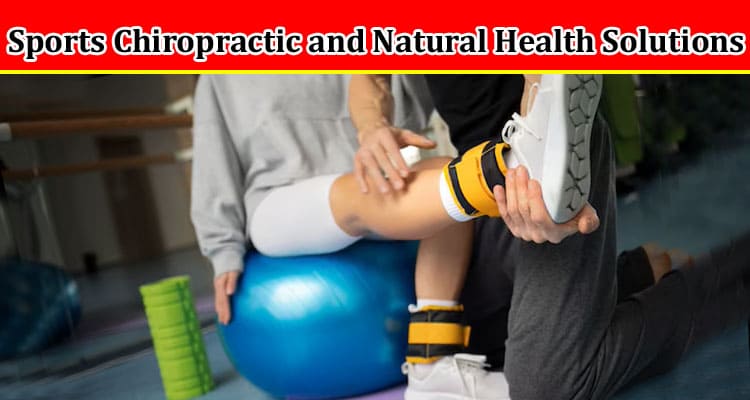Sports chiropractic and natural health solutions have gained significant traction in recent years, emerging as popular alternatives to traditional medical treatments among athletes of all ages. These approaches prioritize non-invasive, natural techniques aimed at promoting overall health and well-being.
By viewing the body as an interconnected system, sports chiropractic seeks to establish harmony within the various physiological systems, while natural health solutions emphasize drug-free interventions and non-invasive surgeries to facilitate healing and enhance physical performance. This comprehensive integration of conventional medical practices and holistic remedies for best sports chiropractic in Singapore allows athletes to harness the benefits of both worlds, fostering a healthy lifestyle and empowering them to achieve their maximum potential.
The Causes and Symptoms of Sports Injuries: Unraveling the Mysteries
Sports injuries, unfortunately, are an all too familiar occurrence that afflicts athletes at every level of engagement. While some injuries may be minor in nature, others can be severe, necessitating surgical intervention for effective treatment. Athletes must familiarize themselves with the causes and symptoms of these injuries, enabling them to adopt preventive measures or seek prompt medical attention when needed.
Common Causes of Sports Injuries: Unveiling the Culprits
Sports injuries often stem from athletes pushing their physical limits beyond the threshold or executing activities with improper technique. The overuse of certain muscle groups through repetitive motions can subject the muscles, bones, and joints to excessive strain over time, resulting in injuries. Inadequate conditioning and failure to engage in appropriate warm-up exercises further weaken the body’s tissues, rendering them more susceptible to harm. Additionally, collisions with other individuals or objects represent a common cause of sports-related injuries, encompassing muscle sprains, fractures, concussions, shoulder dislocations, ACL tears, and more. Ill-fitting equipment, such as unsupportive footwear or improperly sized protective gear, can also contribute to the risk of injury.
Signs and Symptoms of Sports Injuries: Decoding the Body’s Language
The primary indicator of a sports-related injury is localized pain at the site of impact. This discomfort may manifest as a sharp, throbbing, or dull sensation, depending on the nature and severity of the injury. Swelling, inflammation, and bruising are often present, serving as visible cues of tissue damage. Limited range of motion, muscle weakness, joint instability, and difficulty performing certain movements are additional signs that athletes should be attentive to, as they may indicate an underlying injury requiring evaluation and treatment.
Diagnostic Evaluation, Treatment Options, and Prevention Strategies: The Path to Recovery
To ensure the best possible outcomes, athletes, coaches, and medical professionals alike should possess a comprehensive understanding of the diagnostic, treatment, and prevention strategies for sports injuries.
Diagnostic Evaluation for Sports Injuries: Unveiling the Clues
Accurate diagnosis of sports injuries involves considering the patient’s medical history and evaluating any physical signs or symptoms. A thorough physical examination is conducted to assess range of motion, strength, and joint integrity. In some cases, imaging tests such as X-rays or MRI scans are employed to identify bone or soft tissue damage. For more complex conditions, arthroscopy—an innovative minimally invasive procedure employing a camera to visualize internal joint structures—may provide valuable insights, aiding in the diagnosis of conditions like rotator cuff tears or meniscal tears.
Treatment Options for Sports Injuries: Navigating the Road to Recovery
The appropriate course of treatment for sports injuries depends on their severity, with a spectrum of interventions available. Rest, a fundamental element of recovery, allows the body time to heal naturally. Complementary techniques such as the application of ice packs or cold therapy, compression bandages or bracing, and elevation (commonly referred to as RICE) help manage pain and reduce swelling.





